Cisco Systems Inc.
09/22/2025 | News release | Distributed by Public on 09/22/2025 06:21
The 80/20 Rule Doesn’t Apply to Security: How Cisco SASE Bridges the Gap
Executive summary
In the world of IT, the 80/20 rule often serves as a guiding principle: Focus on the 80% that delivers the most value, and the remaining 20% can be addressed later or with less intensity. But when it comes to network security, this mindset is a dangerous illusion. The "good enough" approach, where you secure most of your traffic or users, leaves the door wide open for the sophisticated threats lurking in the remaining 20% - the legacy applications, the unmanaged devices, the remote contractors, and the burgeoning use of AI tools.
Today's dynamic environments, driven by hybrid work, multi-cloud adoption, and the explosion of IoT and AI, demand a security strategy that covers 100% of your digital footprint, 100% of the time. As analyst firm IDC highlights in a recent study1, organizations are navigating a complex mix of return-to-office mandates, geopolitical tensions, and evolving data sovereignty regulations, making traditional perimeter-based security models inadequate.
Secure access service edge (SASE) architectures have emerged as a strategic response, converging networking and security into a unified, cloud-delivered framework that embeds security directly into the network fabric.
This approach enables the creation of micro-perimeters - enforcement points dynamically placed closer to users, devices, and applications - ensuring secure, high-performance access regardless of location.
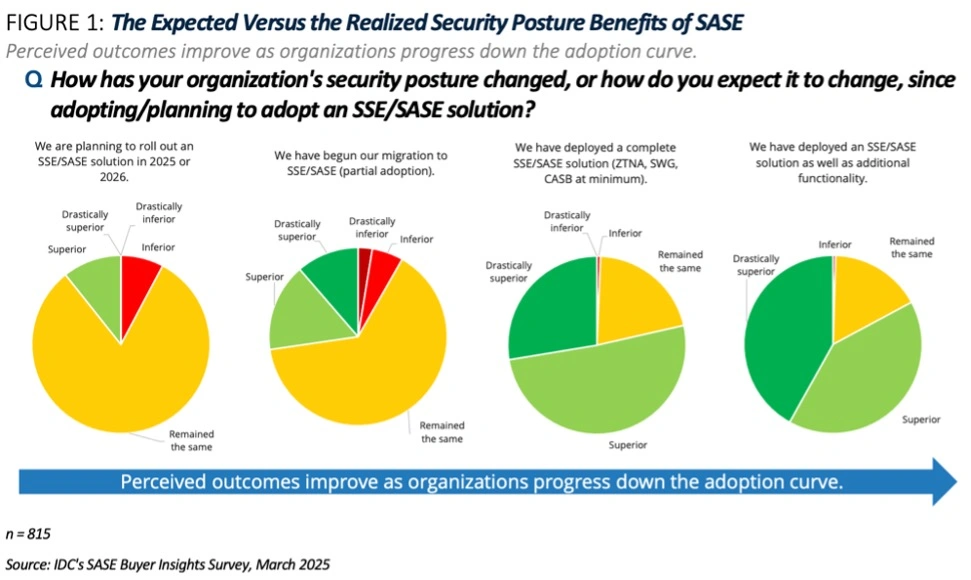 Fig. 1: IDC Spotlight, sponsored by: Cisco, SASE Outcomes Exceed Expectations, #US53593725, June 2025
Fig. 1: IDC Spotlight, sponsored by: Cisco, SASE Outcomes Exceed Expectations, #US53593725, June 2025
The Cracks in "Good Enough": Why Disjointed Systems Fail
For too long, networking and security have operated in separate silos, each with its own tools, teams, and objectives. While this approach might have seemed "good enough" in simpler times, it's now a significant impediment. According to recent Enterprise Security Group research, nearly half of organizations (38% much more difficult, 27% somewhat more difficult) find that maintaining separate networking and security technologies has become more difficult over the last two years.
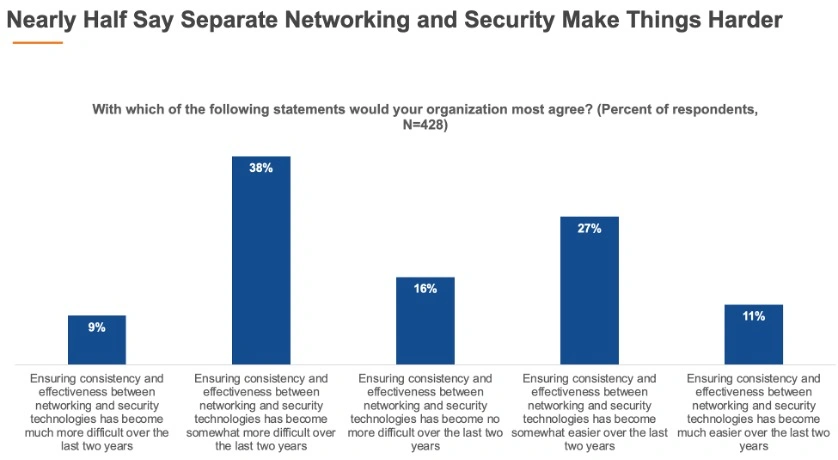 Fig. 2: Enterprise Security Group research on unifying network and security
Fig. 2: Enterprise Security Group research on unifying network and security
This fragmentation leads to critical challenges: Ensuring consistent policy application across users and applications, maintaining visibility across devices, and even ensuring proper network performance are top concerns for organizations with separate tool stacks. Moreover, siloed teams often face communication issues, conflicting goals, and workflow inefficiencies, making a truly unified security posture elusive.
Interestingly, the study reveals a fascinating paradox: Organizations planning to roll out SASE often have very modest expectations for security posture improvements, with only 11% perceiving a significant benefit beforehand. However, the reality post-deployment tells a different - and happier - story.
SASE Outcomes Exceed Expectations: Realized Security & Networking Benefits
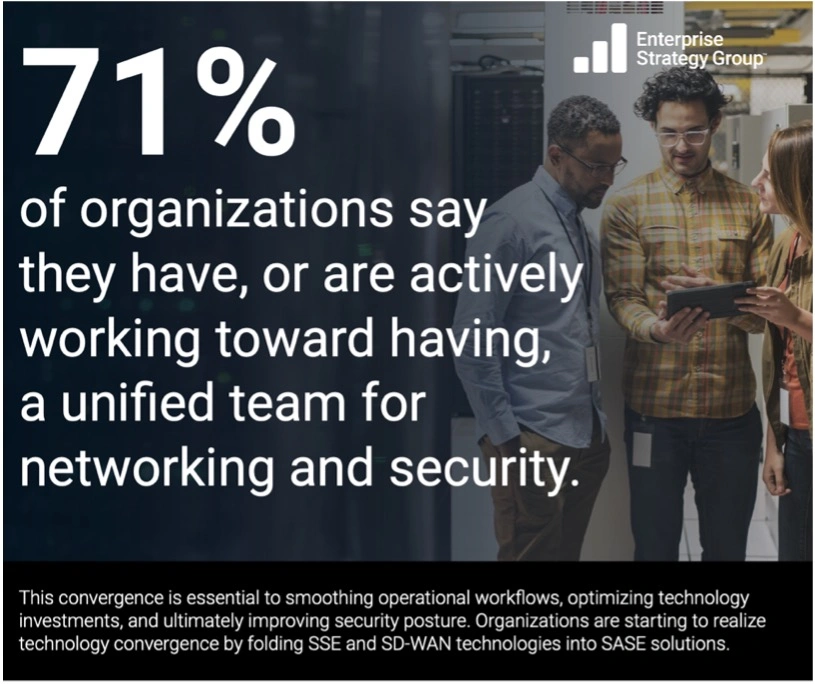 Fig. 3: Data from Enterprise Strategy Group
Fig. 3: Data from Enterprise Strategy Group
The good news is that SASE isn't just about addressing problems; it's about delivering superior outcomes. The study emphatically states that organizations that have implemented SASE report significantly improved security posture and network performance.2
Research from Enterprise Strategy Group confirms this trend. These findings underscore that SASE not only addresses the immediate pain points but also delivers tangible, measurable improvements that far surpass initial expectations. After all, whenever technology can promote better team cohesion - between network and security - the better the outcomes.
See It All: Unlocking End-to-End Visibility
You can't protect what you can't see. The fragmented nature of traditional network and security architectures leaves blind spots that attackers exploit. Cisco SASE addresses this head-on, providing deep and comprehensive visibility across your entire digital landscape.
This isn't just about basic network monitoring; it's about intelligent insights. Cisco SASE leverages powerful capabilities like ThousandEyes and Identity Intelligence to give you end-to-end visibility, even across networks you don't own or manage. AI-powered analytics, including Predictive Path Recommendations as part of our SD-WAN, help you anticipate network issues before they impact performance. This comprehensive view extends to emerging areas like the use of generative AI applications, with Cisco SASE offering AI Access with discovery and control for over 1,200 AI applications, ensuring you have the confidence and visibility to manage and secure their adoption within your organization.
Protect It All: Securing Every User, Device & Application
The challenges of the "unseen 20%" - legacy applications, BYOD devices, third-party contractors, and IoT/OT devices - are precisely what Cisco SASE is designed to defend. Traditional approaches often struggle to extend consistent security to these diverse scenarios, leading to gaps in coverage or complex, multi-policy management.
Cisco SASE empowers you to protect all of your assets, and access scenarios - by centrally setting global access policies that are enforced locally, whether through your network infrastructure or a single endpoint client. This means consistent security for all types of applications, users, and access scenarios. With an identity-first approach, you can enforce micro-segmentation policies based on user identity, device posture, and application context, ensuring least-privilege access for everyone, including contractors and unmanaged devices. The Cisco Secure Client is a unified agent that supports VPN, VPNaaS, ZTNA, and SD-WAN integration, protecting over 180 million endpoints, enabling device posture-based controls, and providing least privilege access to private and internet/SaaS destinations.
Perform Everywhere: Seamless Experience, Uncompromised Security
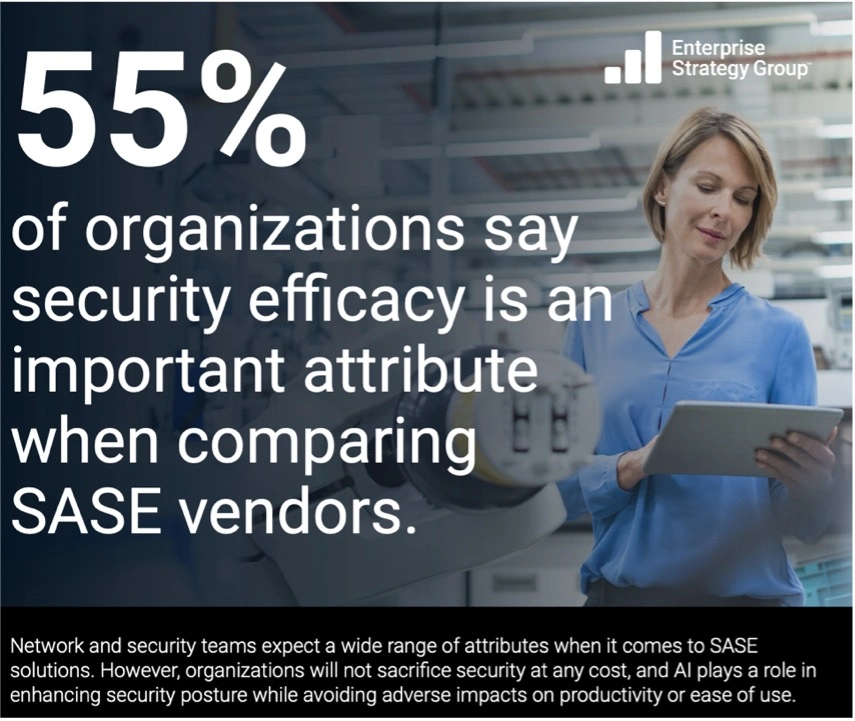 Fig. 4: Data from Enterprise Security Group
Fig. 4: Data from Enterprise Security Group
When it comes to hybrid work, performance cannot be sacrificed for security. Users expect seamless, high-speed access to applications from anywhere - whether they're in a branch office, at home, or on the go. Cisco SASE ensures resilience and productivity by optimizing application access performance and providing a smooth transition from legacy VPNs to cloud-based zero trust network access (ZTNA).
Enterprise Security Group research highlights that improving security effectiveness and better supporting hybrid work models are key drivers for SASE adoption. Cisco SASE delivers on this by leveraging a robust global point-of-presence (PoP) network and advanced technologies like MASQUE, QUIC, and Vector Packet Processing (VPP) for highly performant network access. This ensures consistent, high-performance connectivity, even for modern applications like GenAI workloads, and optimizes SaaS and branch connectivity - two of the most critical SASE use cases identified in recent surveys.
Bringing Teams Together: The Power of Convergence & Single-Vendor Advantage
Perhaps one of the most transformative benefits of SASE is its ability to break down the traditional silos between networking and security teams. Enterprise Security Group research indicates that 61% of organizations rate converging network and security technologies and processes as a top IT priority, with another 34% seeing it as among their top priorities.
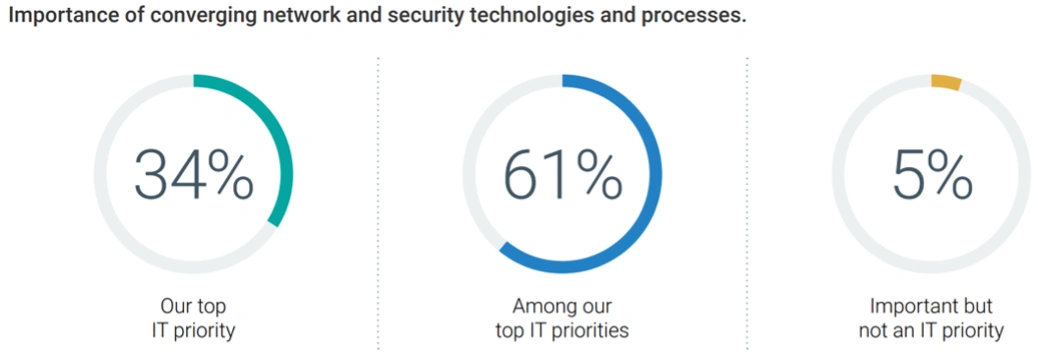 Fig. 5: Enterprise Security Group data on network and security convergence
Fig. 5: Enterprise Security Group data on network and security convergence
Cisco SASE facilitates this convergence, leading to better collaboration between network and security teams, improved alignment of network and security policies, and faster problem resolution. Finally, let's not forget that we're all users. Single-vendor SASE delivers optimized user experience, as seen by nearly half of the organizations who have embarked on the SASE journey.
Don't Settle for "Good Enough"
The digital landscape is too complex, and the threats too sophisticated, to rely on an 80/20 security strategy. Cisco SASE offers a comprehensive, converged solution that allows you to see it all, protect it all, and perform everywhere, ensuring your organization is truly future-proofed against the challenges of tomorrow. It's a path that not only meets but often exceeds expectations for both security posture and network performance.
Ready to dive deeper into the benefits of a unified SASE architecture?
- Download the IDC Spotlight: SASE Outcomes Exceed Expectations to understand the market trends and strategic advantages of SASE.
- Explore Enterprise Security Group Findings on Network and Security Convergence to see how your peers are assessing SASE progress and best practices.
- Register for a Zero Trust Workshop to learn how Cisco SASE can accelerate your journey to a robust zero-trust framework.
1 IDC Spotlight, sponsored by: Cisco, SASE Outcomes Exceed Expectations, #US53593725, June 2025
2 IDC Spotlight, sponsored by: Cisco, SASE Outcomes Exceed Expectations, #US53593725, June 2025
We'd love to hear what you think! Ask a question and stay connected with Cisco Security on social media.
Cisco Security Social Media
LinkedIn
Facebook
Instagram
X
Cisco Systems Inc. published this content on September 22, 2025, and is solely responsible for the information contained herein. Distributed via Public Technologies (PUBT), unedited and unaltered, on September 22, 2025 at 12:21 UTC. If you believe the information included in the content is inaccurate or outdated and requires editing or removal, please contact us at [email protected]
